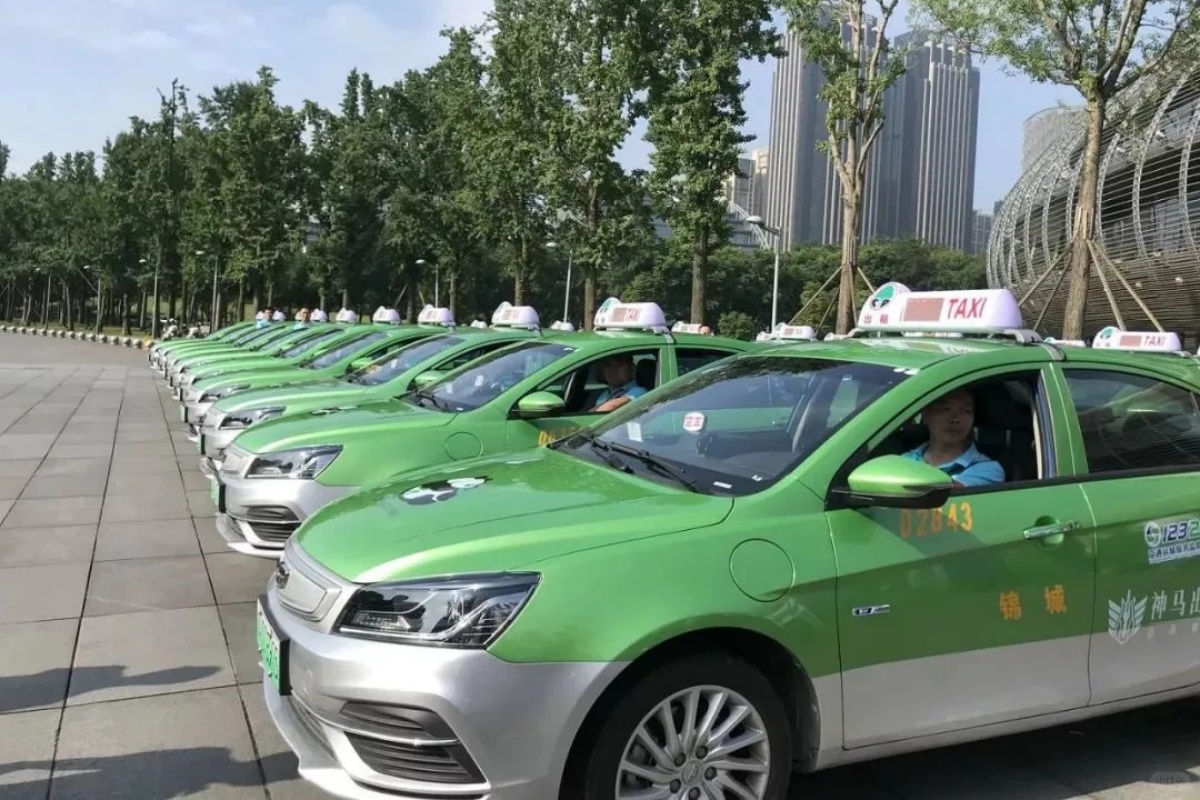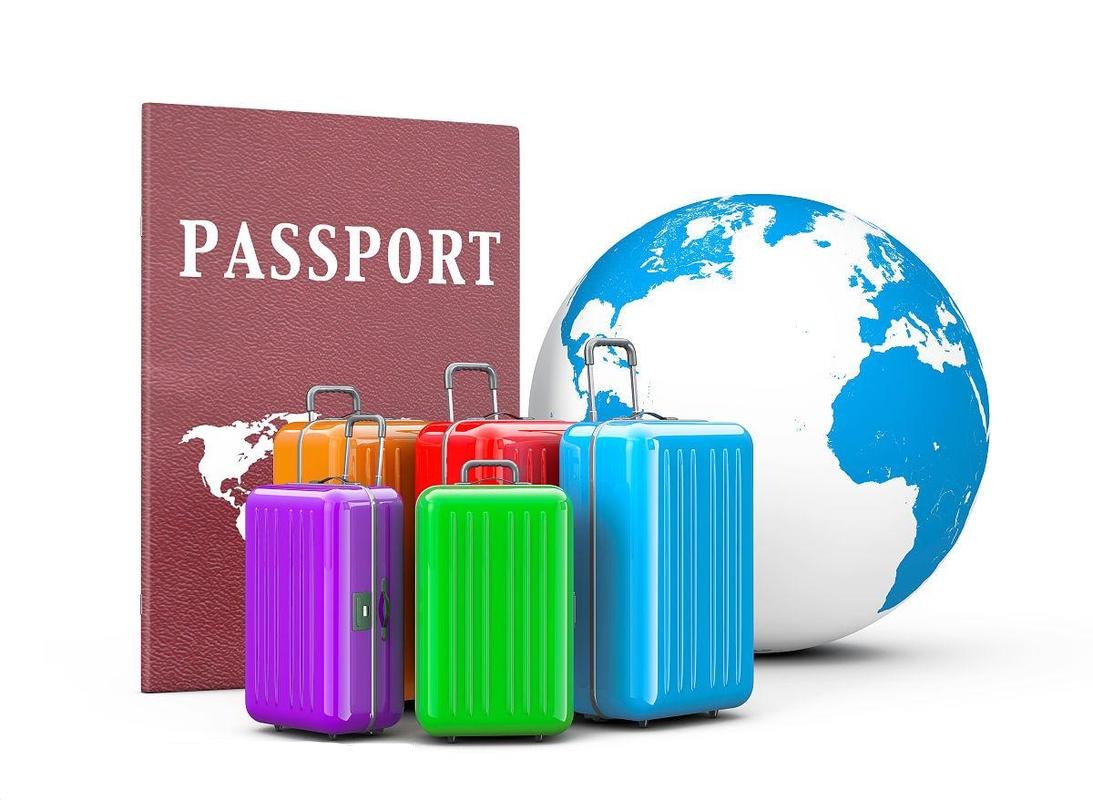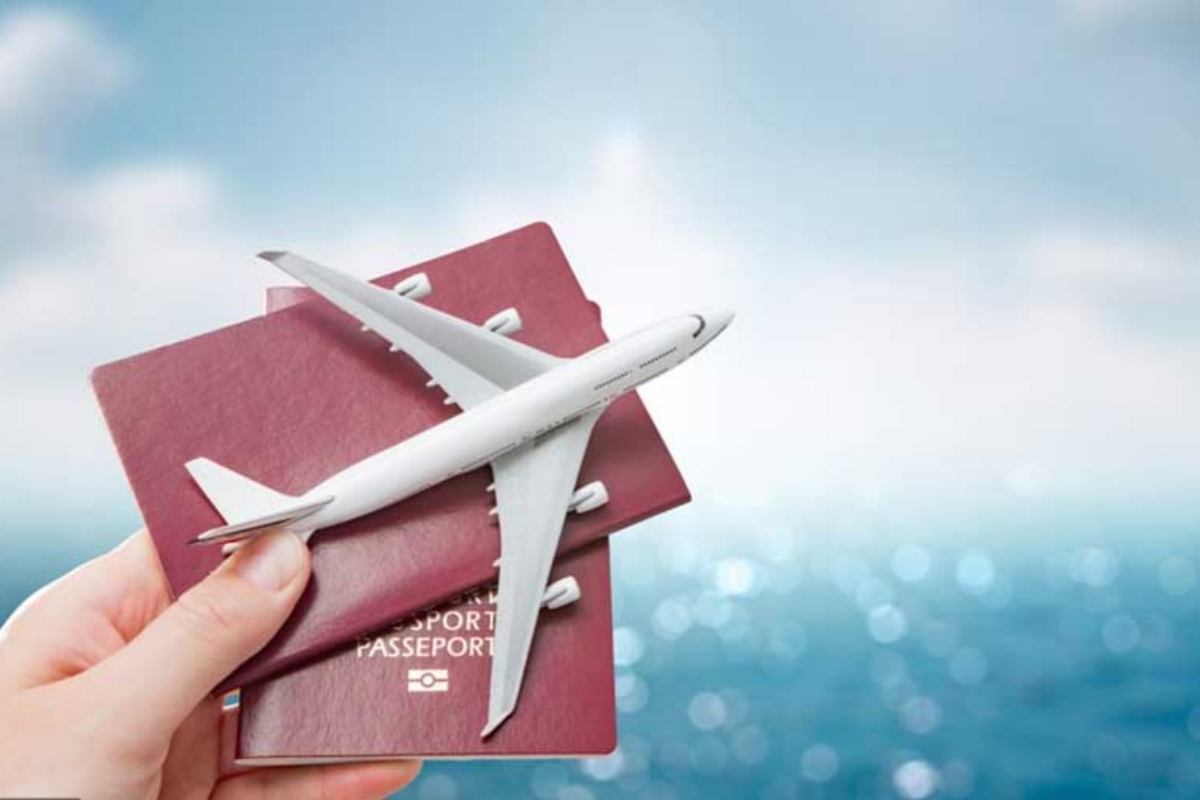Table of Contents
ToggleYour essential guide to navigating taxis safely in China and beyond, avoiding common pitfalls like overcharging, meter tricks, and black taxis.
Embarking on a journey along the legendary Silk Road promises unparalleled adventure, weaving through ancient cities, stunning landscapes, and vibrant cultures connecting East and West. From the Terracotta Army in Xi’an to the bustling markets of Central Asia, the experience is unforgettable. However, modern travel along these historic routes, especially in major hubs like Beijing, Xi’an, and cities in Uzbekistan, comes with potential pitfalls. One persistent nuisance for travelers, as of April 29, 2025, is the prevalence of taxi scams. Understanding how overcharging, meter manipulation, and unlicensed “black taxis” operate is crucial for a smooth and safe journey.
Essential Insights: Staying Safe on the Road
- Know the Scams: Be aware of common tactics like demanding high flat rates, using rigged meters, or operating unlicensed “black taxis” that prey on tourists.
- Trust Official Channels: Prioritize using designated taxi ranks, reputable ride-hailing apps (like DiDi in China), or hotel-booked transport. Always insist the meter is used.
- Stay Vigilant & Document: Check the vehicle and driver ID, track your route via GPS, and if something feels wrong, calmly document details (photos, license plate) and report the incident.
Unmasking Taxi Scams: How They Operate
Taxi scams along the Silk Road exploit unfamiliarity, language barriers, and traveler fatigue. Understanding the mechanics behind these common frauds is the first step towards avoiding them.
1. The Overcharging Offensive
Taxi scams along the Silk Road exploit unfamiliarity, language barriers, and traveler fatigue. Understanding the mechanics behind these common frauds is the first step towards avoiding them.
- Fixed Price Ploys
A driver might refuse to use the meter, especially for popular tourist routes or airport transfers, quoting a significantly inflated fixed price upfront. They might claim the meter is “broken” or that a flat rate is standard, often charging two or three times the actual metered fare.
- Route Inflation
Some drivers take deliberately long, circuitous routes to increase the distance traveled on the meter, padding the final bill. This is harder to detect if you’re unfamiliar with the city layout.
2. Meter Machinations: Tricks of the Trade
While official taxis are required to use regulated meters in most Silk Road regions (like China and Uzbekistan), unscrupulous drivers have ways to manipulate them.
- Tampered Meters
Meters can be illegally modified (“rigged”) to run faster, adding distance or waiting time at an accelerated rate. Some might start at a much higher base fare than legally permitted.
- Obscured or Fake Meters
Drivers might cover part of the meter display (e.g., with tape) or use a completely fake device that shows inflated numbers. They might also switch the tariff setting to a higher rate (like a nighttime rate during the day).
3. The Shadow Fleet: Black Taxis
“Black taxis” are unlicensed, illegal vehicles operating as taxis. They pose a significant risk as they operate outside regulations and accountability.
- Spotting Black Taxis
These vehicles often lack official markings, company logos, or visible license plates (sometimes using fake or obscured plates). Drivers might aggressively solicit passengers at airports, train stations, or tourist hotspots, often targeting those who look lost or tired.
- The Dangers
Black taxi drivers almost exclusively operate via inflated fixed prices, refuse meter usage, and are more likely to engage in route inflation. Due to their lack of licensing and insurance, passengers have little recourse if issues arise, which can range from significant overcharging to, in rarer cases, theft or being dropped off in unsafe locations.
Distinguishing Legitimacy from Deception
Knowing the difference between a legitimate taxi service and a potential scam can save you money and stress. Pay attention to these key indicators:
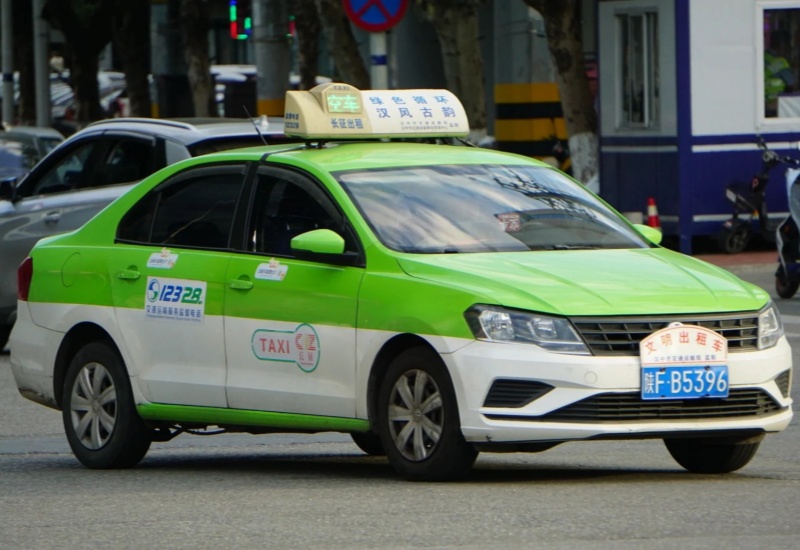
Vehicle Appearance and Identification
Official taxis in Silk Road regions typically have distinct features.
In China, look for specific city colors (e.g., red, yellow/green, yellow/black), clear company markings, a rooftop taxi light, and a visible license plate. Inside, there should be a meter and a displayed ID card showing the driver's photo, name, and license number. In Uzbekistan, official taxis might have company logos or specific dashboard signs. Unmarked, poorly maintained vehicles, or those with obscured plates, are major red flags for black taxis.
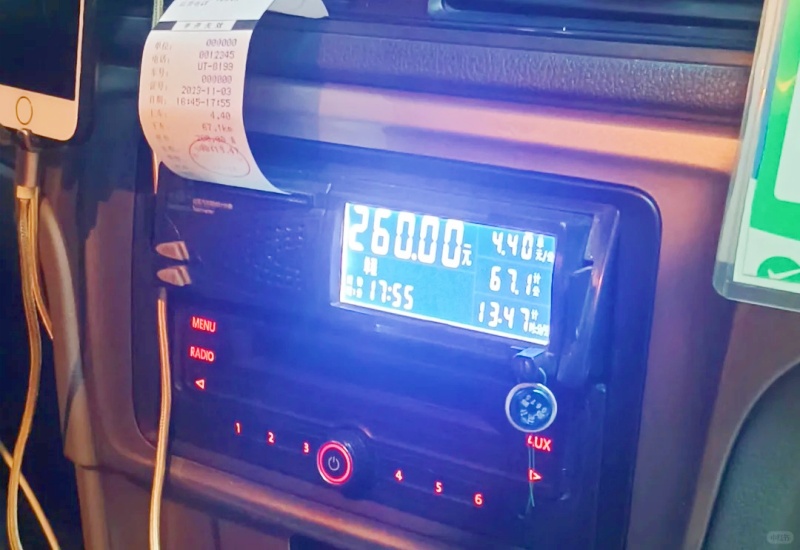
Driver Behavior and Meter Usage
A legitimate driver will usually agree to use the meter without argument. Be wary of drivers who immediately insist on a fixed price (especially if it sounds high), refuse to turn on the meter, or become defensive when asked about it. Aggressive solicitation, particularly away from official taxi ranks, often indicates an unlicensed operator. Legitimate drivers should be able to provide a receipt (发票, fāpiào in Mandarin Chinese) upon request.
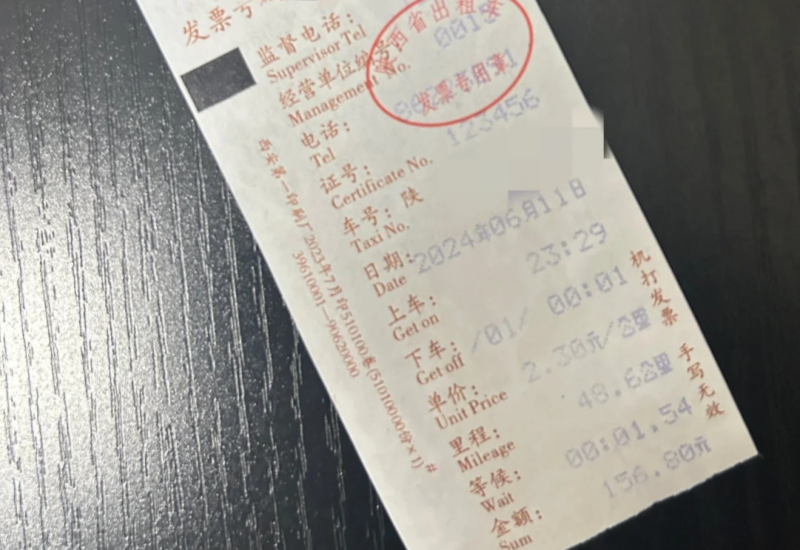
Fare and Route Transparency
The meter should start at the standard base fare for the city (e.g., around 10-15 RMB in many Chinese cities) and increase based on distance and time according to official rates. If the fare seems to be climbing unusually fast, or if the driver takes a route that seems significantly longer than necessary (check on your phone's map app), question it. Be cautious if a driver claims you need to pay extra unexpected fees for luggage, tolls (unless clearly signposted on highways), or unspecified surcharges.
Comparing Legitimate and Scam Taxis
The table below summarizes key differences to help you quickly assess a potential taxi ride:
Feature | Legitimate Taxi | Scam Taxi (Black Taxi/ Meter Trick) |
Pricing | Uses meter by default, fare based on official rates. Provides receipt upon request. | Insists on high fixed price upfront, fare seems inflated, refuses receipt, may try currency switch scams or demand extra fees. |
Route | Generally takes the most direct or reasonable route. | May take unnecessarily long detours to increase metered fare or justify high fixed price. |
Meter | Visible, functioning meter turned on at start of trip, starts at standard base fare. Tamper seals may be visible. | No meter, “broken” meter, refuses to use meter, meter covered/hidden, meter runs suspiciously fast, starts at high fare. |
Driver ID | Official ID card with photo and license number clearly displayed inside the cab (common practice in China). | No visible ID, reluctant to show identification. |
Solicitation | Waits at official taxi ranks or can be hailed/booked via app. Less likely to solicit aggressively. | Often solicits aggressively at airports, stations, tourist sites, away from official ranks. |
Vehicle | Official markings (colors, logo), rooftop light, visible & clear license plate, generally well-maintained. | Often unmarked, may lack rooftop light, license plate might be obscured/fake/missing, could be in poor condition. |
How to Avoid Taxi Scams
Being proactive is your best defense against taxi scams. Follow these strategies to minimize your risk:
1. Choose Your Ride Wisely
- Use Official Taxi Ranks: Especially at airports and train stations, always head to the designated taxi queue. Avoid drivers who approach you directly inside or outside the terminal. Official ranks are typically monitored.
- Utilize Ride-Hailing Apps: In many Chinese cities, apps like DiDi Chuxing are reliable options. They offer upfront pricing, GPS tracking, driver verification, digital payment, and a platform for feedback or complaints. Check for equivalent apps in other Silk Road countries.
- Hotel Assistance: Ask your hotel concierge to call a reputable taxi for you. They often have relationships with trusted companies and can communicate your destination clearly to the driver.
2. Set Clear Expectations
- Insist on the Meter(“打表, dǎbiǎo”): Before getting in or immediately upon starting, clearly state you want the meter used. In Mandarin Chinese, you can say “请打表” (qǐng dǎbiǎo – please use the meter). If the driver refuses or claims it’s broken, politely decline the ride and find another taxi.
- Confirm Fare Estimates: If taking a longer trip or if a flat rate is genuinely standard (rare, research first), agree on the price *before* the journey begins. Have an idea of the typical fare by asking locals, hotel staff, or checking online estimates.
- Know Your Destination Address: Have your destination address written down in the local language (e.g., Chinese characters) or clearly visible on your phone map. This prevents confusion and potential “misunderstandings” about the destination.
3. Stay Alert During the Ride
- Track the Route: Use a GPS map app (like Google Maps, Apple Maps, or local alternatives like Baidu Maps in China) on your phone to follow the route. If the driver seems to be taking unnecessary detours, you can politely point to your map.
- Watch the Meter: Keep an eye on the meter during the journey. Note the starting fare and check if it seems to be increasing at a reasonable rate.
- Carry Small Change: Have smaller denominations of the local currency available. This avoids the “no change” scam, where a driver might claim they can’t break a large bill and keep the difference.
- Note Taxi Details: Discreetly take a photo of the taxi’s license plate and the driver’s ID card displayed inside the cab before or at the start of your journey. This information is vital if you need to file a complaint later.
What to Do When Encountering a Scam
Despite your best efforts, you might still find yourself in a scam situation. Knowing how to react can mitigate the damage and ensure your safety.
1. Immediate Actions to Do After Being Taxi Scammed
- Stay Calm, Prioritize Safety: Avoid escalating the situation into a confrontation, especially if you feel unsafe. Your well-being is more important than the disputed amount.
- Firmly Dispute the Fare: If you believe you’re being overcharged or the meter was rigged, calmly but firmly state that the fare is incorrect and explain why (e.g., “The usual price is X,” or “The meter seems wrong”). Do not immediately hand over the demanded amount.
- Demand a Receipt: Ask for an official receipt (fāpiào). Legitimate drivers should provide one. A refusal can be another sign of a scam.
- Document Everything: If possible and safe, take photos of the taxi (license plate), the driver’s ID, the meter reading, and note the time and route taken.
- Pay What’s Fair (If Necessary): If negotiation fails and you feel pressured, consider paying the amount you believe is fair or slightly more to de-escalate, then exit the vehicle promptly. Avoid handing over large bills.
2. Reporting and Follow-Up Taxi Scam
- Seek Immediate Assistance: If the situation feels threatening or the driver refuses to let you leave, attract attention or contact local authorities. In China, you can dial 110 for police. Tourist police or hotel staff can also assist.
- Report to Authorities: File a formal complaint with the local transportation authority, tourism board, or police. Provide all the details you documented (taxi number, driver ID, time, route, description of the scam).
- Contact App Support: If you used a ride-hailing app, report the incident through their customer service channel. They may investigate and potentially issue a refund.
- Inform Your Hotel/Embassy: Let your hotel know about the incident. They may be able to offer advice or follow up. In serious cases, contact your country’s embassy or consulate.
- Share Your Experience: Warn other travelers by sharing your experience (without revealing sensitive personal information) on travel forums, review sites, or social media.
FAQ on Silk Road Taxi Scams
1. What's the single biggest red flag for a taxi scam?
A driver’s refusal to use the official meter and insisting on a high, non-negotiable fixed price before the journey begins is arguably the most common and obvious red flag. Legitimate taxis should use the meter unless there’s a pre-agreed, standard flat rate for a specific route (which should be verifiable).
2. Are ride-hailing apps like DiDi safer in China?
Generally, yes. Ride-hailing apps like DiDi Chuxing offer several safety advantages: upfront fare estimates or fixed prices, GPS tracking visible to both passenger and platform, driver verification, digital payment (reducing cash handling issues), and a built-in system for complaints and ratings. While issues aren’t impossible, the transparency and accountability are significantly higher than hailing an unknown taxi on the street, especially a potential black taxi.
3. What should I do if the driver takes a very long route?
Track the journey using a GPS app on your phone. If you notice significant detours, politely show the driver your map and question the route. Sometimes there might be legitimate reasons (e.g., road closures, traffic), but if the driver is evasive or the route is clearly inefficient, make a note of it. When paying, you can dispute the portion of the fare resulting from the unnecessary detour, though this can be difficult. Documenting the route and taxi details is crucial for any subsequent complaint.
4. Is it common for black taxis to operate in Central Asian Silk Road countries too?
Yes, unlicensed or informal taxi services exist in many parts of the world, including Central Asian countries along the Silk Road like Uzbekistan. They might operate similarly to Chinese black taxis, often soliciting passengers at transport hubs or tourist sites and negotiating high fixed fares. Using official taxis, pre-booking transfers, or using reputable local ride-hailing apps (if available) are recommended avoidance strategies.

